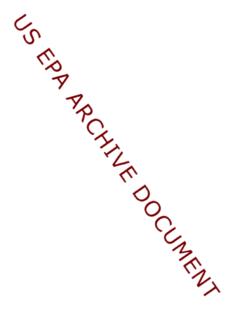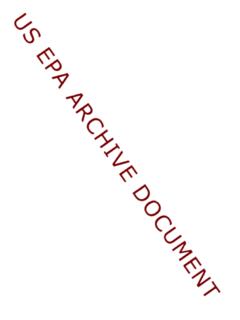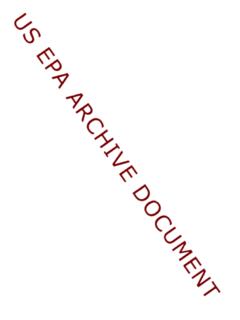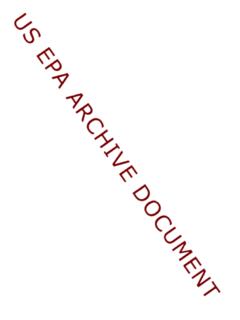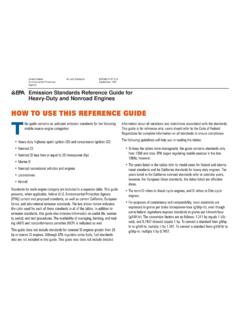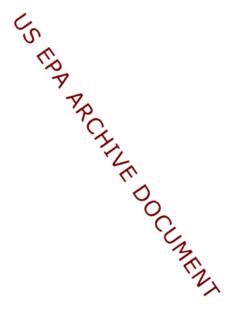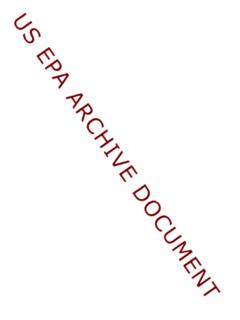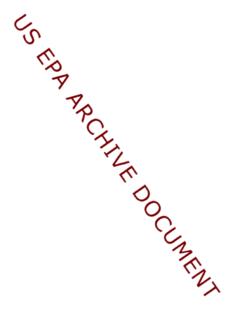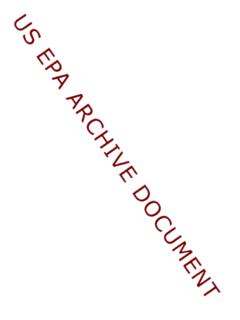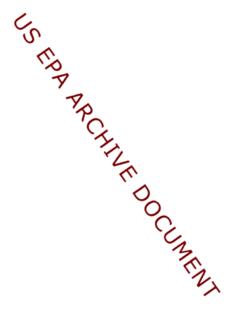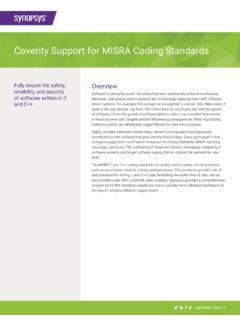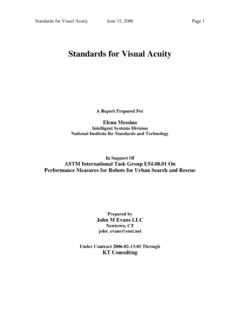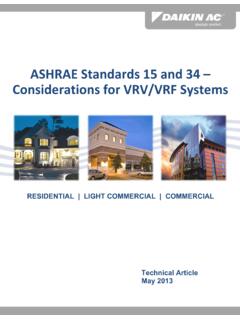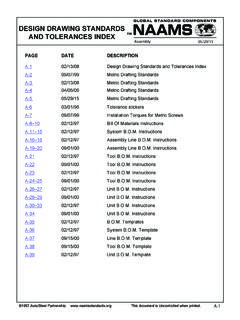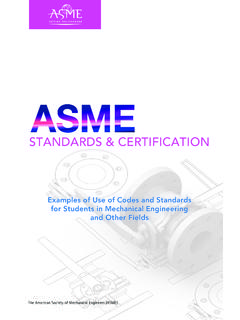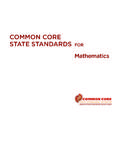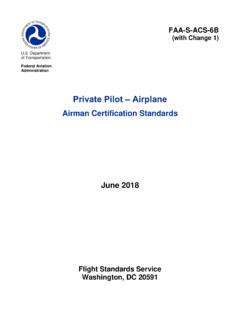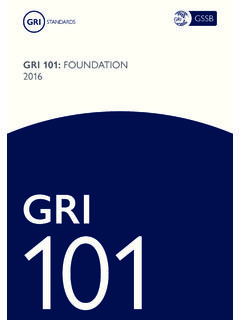Transcription of RecycleMania Volume-To-Weight Conversion Chart - US EPA
1 RecycleMania Volume-To-Weight Conversion Chart The following Conversion estimates are provided for schools to use in the RecycleMania competition where actual weights are not available. These estimate formulas are based on best-effort weight averages observed at multiple facilities across the country. Because it is possible for individual college and university s actual weights to vary significantly based on local conditions, RecycleMania participants should monitor and make note of materials that appear to be consistently heavier or lighter than the estimates below. Where a college believes it s materials may vary significantly from this Chart , they should contact the helpline to discuss options for determining more accurate weights. For questions about the Conversion Chart or estimating weights, email or call: or (843) 278-7686.
2 Unless otherwise noted, all figures are from averaged ranges published in Measuring Recycling: A Guide for State and Local Governments, by Environmental Protection Agency; Washington: 1997. 1. Recycling Data Report, California Integrated Waste Management Board; Sacramento: 1996. 2. Based on CURC standards Committee, peer reviewed estimates. 3. Based on RecycleMania Steering Committee estimates Paper (All grades loose and unbaled) Newspaper: 433 pounds/cubic yard cubic yards/ton Office paper: 568 pounds/cubic yard cubic yards/ton Mixed paper (1): 484 pounds/cubic yard cubic yards/ton Magazines: 950 pounds/ cubic yard cubic yards/ton Corrugated Cardboard Flattened boxes, loose: 100 pounds/cubic yard 20 cubic yards/ton Containers (cans, bottles, jars) Commingled cans, glass and plastic bottles: 200 pounds/cubic yard 10 cubic yards/ton Whole glass bottles (0-10% broken): 600 pounds/cubic yard cubic yards/ton Aluminum cans (whole, unflattened): 63 pounds/cubic yard cubic yards/ton Steel cans (whole, unflattened): 150 pounds/cubic yard cubic yards/ton Plastic bottles (whole, unflattened).
3 36 pounds/cubic yard cubic yards/ton Single Stream Containers, paper, cardboard (3): 139 lbs/ cubic yard cubic yards/ton Food Waste Mixed food waste 1,500 pounds/cubic yard cubic yards/ton Trash Campus waste (loose) (2) 90 pounds/cubic yard cubic yards/ton Campus Waste (compacted): 300 pounds/ cubic yard cubic yards/ton Residential waste (loose): 225 pounds/cubic yard cubic yards/ton Commercial/industrial waste (loose): 450 pounds/cubic yard cubic yards/ton Volume Conversion 1 yard = gallons 1 gallon = yard
